| Structure | Name/CAS No. | Articles |
|---|---|---|
 |
sodium dodecyl sulfate
CAS:151-21-3 |
|
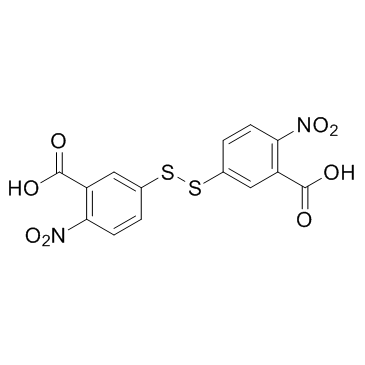 |
DTNB
CAS:69-78-3 |
|
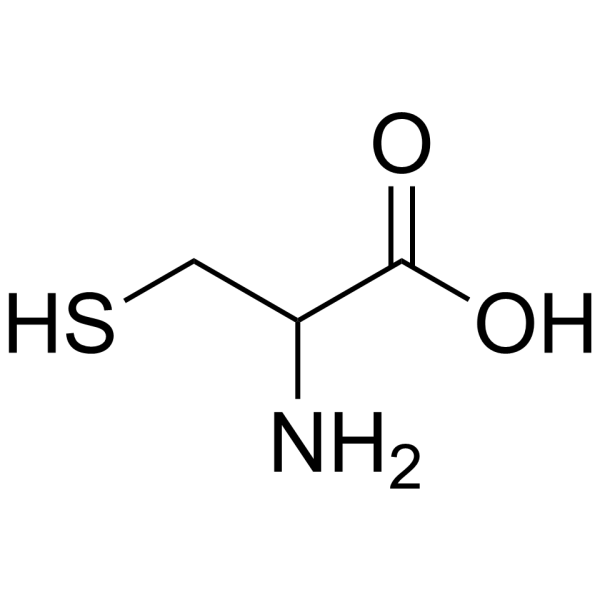 |
DL-CYSTEINE (1-13C)
CAS:3374-22-9 |
|
 |
Aluminum potassium sulfate 12-hydrate
CAS:7784-24-9 |
|
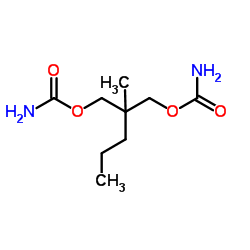 |
meprobamate
CAS:57-53-4 |
|
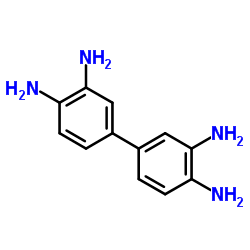 |
3,3'-diaminobenzidine
CAS:91-95-2 |
|
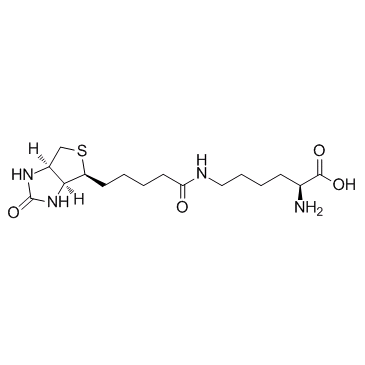 |
Biocytin
CAS:576-19-2 |
|
 |
Aluminium hydroxide
CAS:21645-51-2 |
|
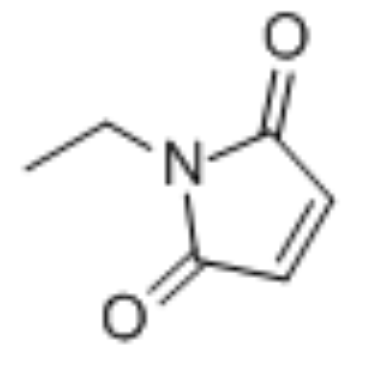 |
N-ethylmaleimide
CAS:128-53-0 |
|
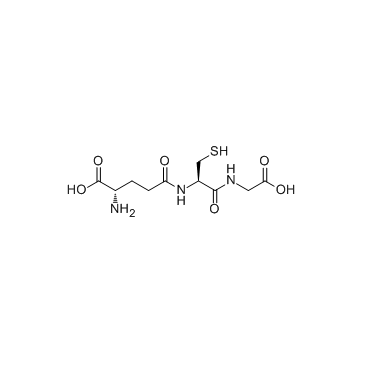 |
Glutathione
CAS:70-18-8 |